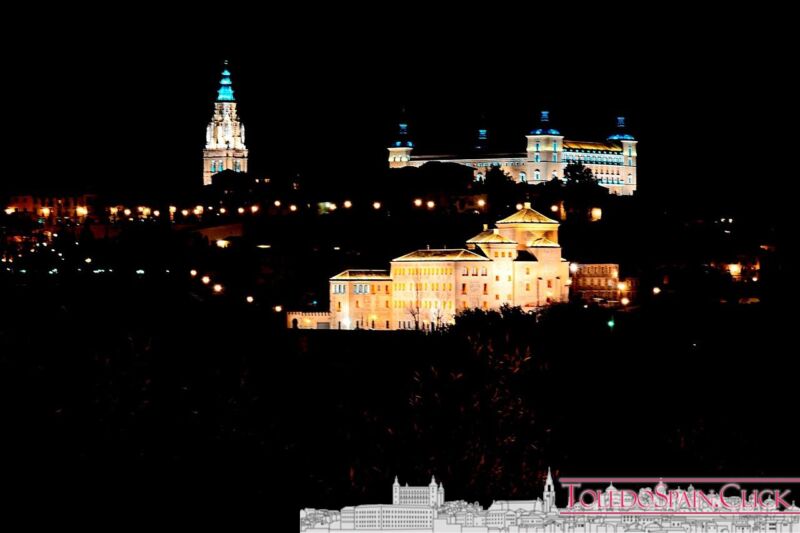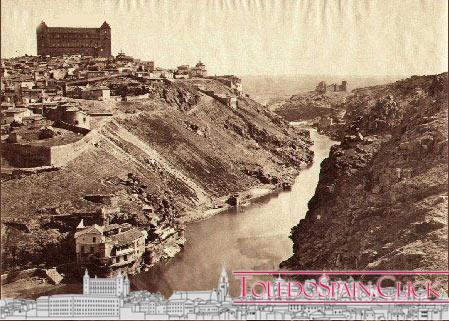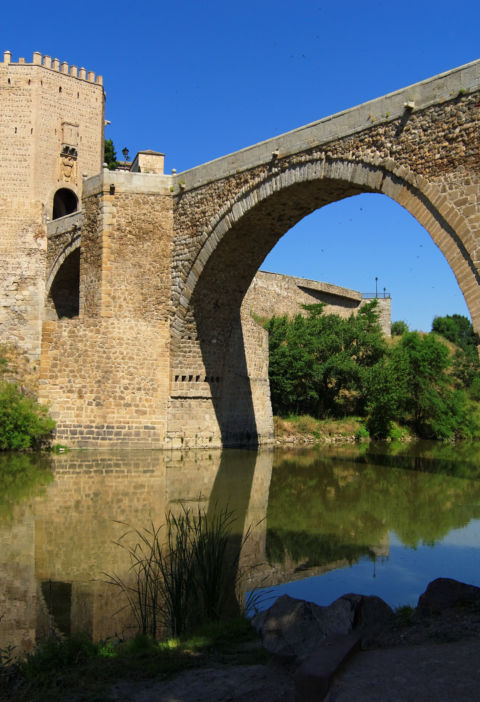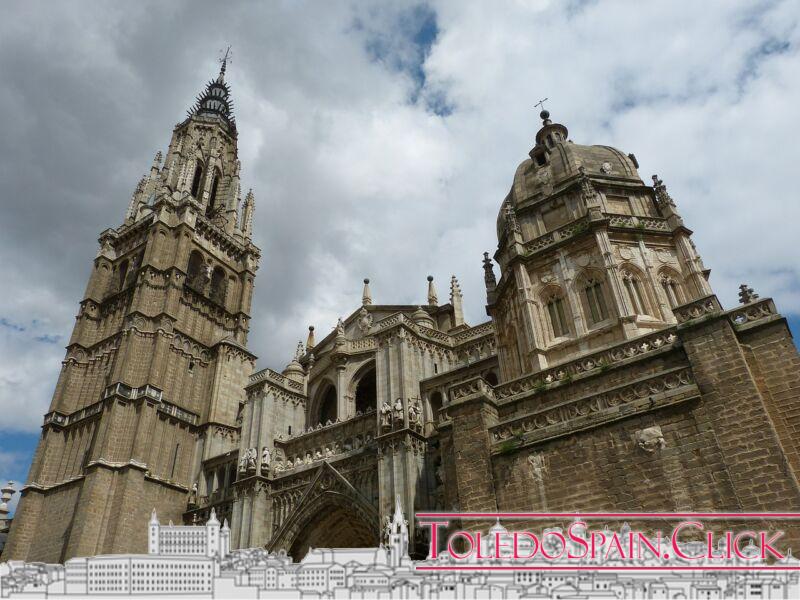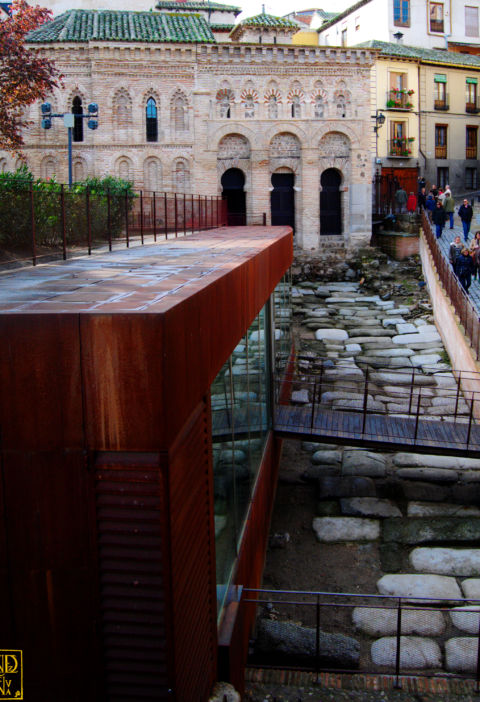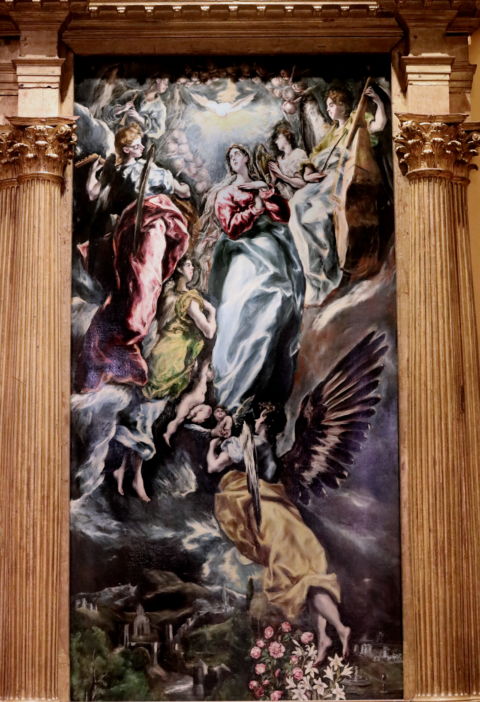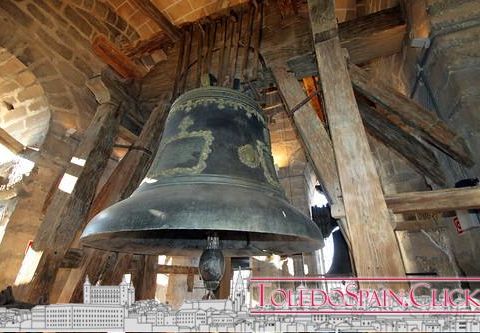We have it complicated with today’s article, and surely there will be disparity of opinions. We are going to try to list the twelve monuments that you should not miss if you arrive in Toledo for tourism. And as we always recommend, that it is not just one day. Updated.
Index of Contents
1. Toledo Cathedral
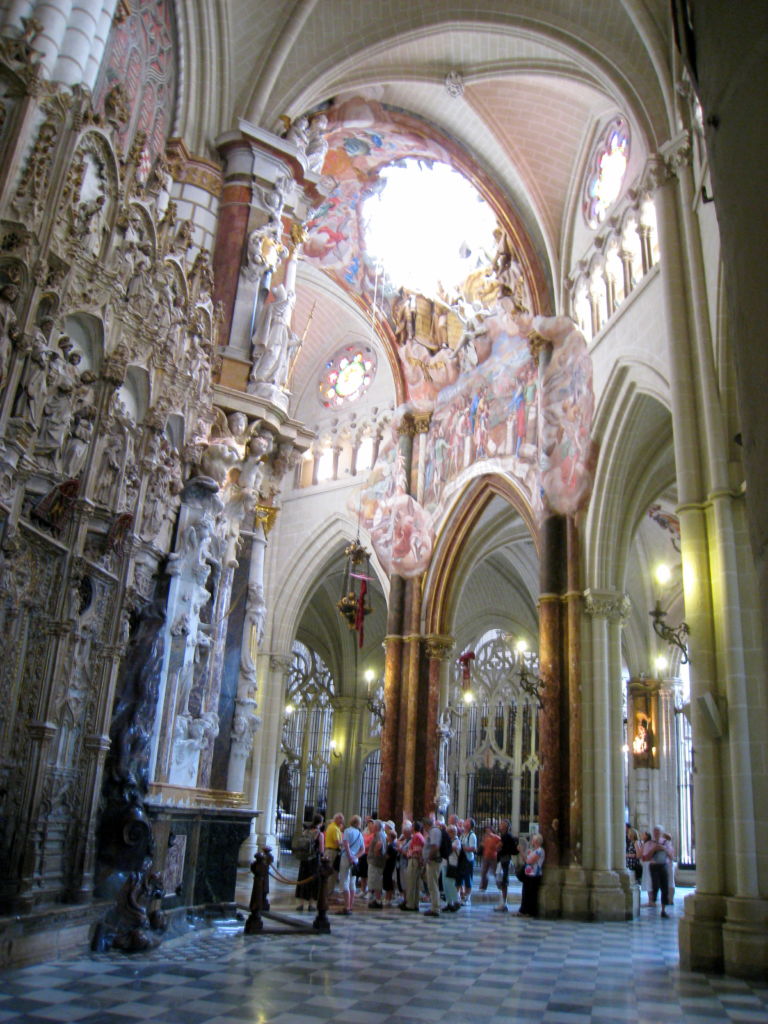 Panoramic view of the interior of Toledo Cathedral by Toledospain
Panoramic view of the interior of Toledo Cathedral by Toledospain
There is a reason why she is “the Primate” of Spain… Also the number one in this list. The innumerable treasures it houses are magnificently surrounded by a marvellous and unique construction.
The Gothic cathedral of Toledo began to be built in 1226, on the remains of previous temples that very probably are conserved in the subsoil of the present one.
Visit is free on Sunday afternoons, presenting DNI for Toledanos and residents in the diocese of Toledo. 2,50 euros on Sundays from 14 hours for Spaniards. The rest, 10 euros, 12.50 euros visit with climb to the tower (the ticket is purchased in front of the Puerta Llana)
- A curiosity: One of the only one-handed clocks in the world is in Toledo Cathedral, above the “Feria” door (also known as “del Reloj” )
- A secret: you can climb the tower and watch the “big bell”, paying 12.50 euros in total and booking in advance at the ticket office of the Cathedral. While you wait, you can’t miss the Custody in its treasure.
- Address: C/. Cardenal Cisneros, sn
- Official website: http://www.catedralprimada.es/
2. The Alcazar. Museum of the Army
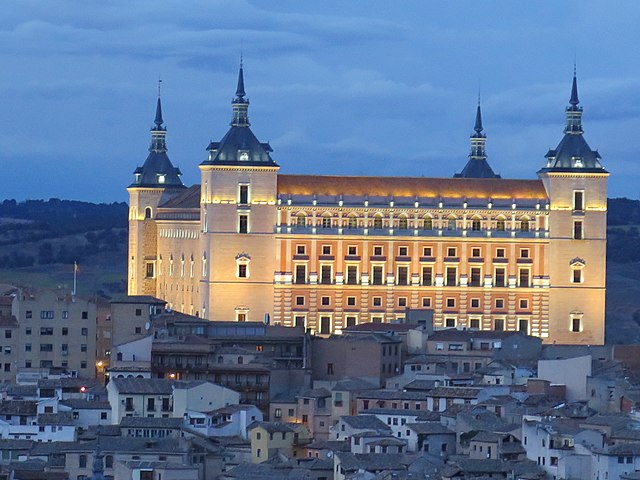 Roofs of the Alcázar de Toledo by Toledospain
Roofs of the Alcázar de Toledo by Toledospain
Not many years ago, the new Army Museum was inaugurated in the Alcázar de Toledo. It was moved from its original location in Madrid, and is being a great success of visits. If you come to Toledo, you should spend a good while touring its halls.
They store a large part of the military history (land army) of Spain. On Sundays there is usually free access, the rest, paying entrance fee (5 euros) Mondays are closed, also if it is a holiday.
- A curiosity: some of its rooms preserve remains of the siege that the Alcazar suffered during the Civil War. During its history, the building has suffered fires, destructions, the most recent during the conflict that confronted us in 1936, in which it was almost totally destroyed. It was rebuilt during the 1960s.
- A secret: don’t forget to walk through the cellars, access the huge patio or climb the Library of Castilla-La Mancha, the views are spectacular and access is free.
- Address: C/. Alféreces Provisionales, sn.
- Official website: http://www.museo.ejercito.es/visitas/prepara_visita/
3. Museum of El Greco
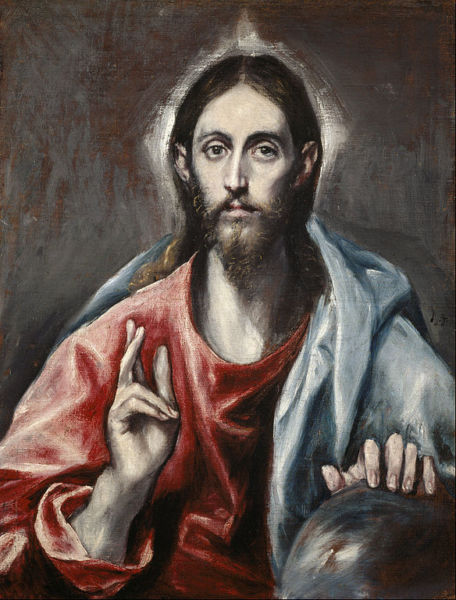 Cave of the Greco Museum in Toledo..
Cave of the Greco Museum in Toledo..
The Cretan painter who arrived successfully in Toledo, where he created wonderful works that we can enjoy today in some of the most famous monuments of Toledo and in this museum.
It is the only one in Spain entirely dedicated to the figure of the painter. Inside is part of the work of El Greco, which highlights a magnificent “apostolate”, the “View and map of Toledo” and “Tears of St. Peter.
The museum is completed with paintings by Luis Tristán, Murillo, Valdés Leal and other artists. Access costs 3 euros. Saturdays from 14 hours is free.
- A curiosity: this really wasn’t El Greco’s house. Some authors place the original house in the now landscaped Paseo del Tránsito, a few metres from the current museum. Part of the museum occupies the complex that formed the palace of the famous “necromancer” Enrique de Villena. There is a curious legend about this character that you can consult in these pages…
- A secret: don’t miss the basements. Some legends assign them an important role in the development of the so-called “Toledan Arts”…
- Address: Paseo del Tránsito, sn.
- Official website: http://museodelgreco.mcu.es/
4. Monastery and Church of San Juan de los Reyes.
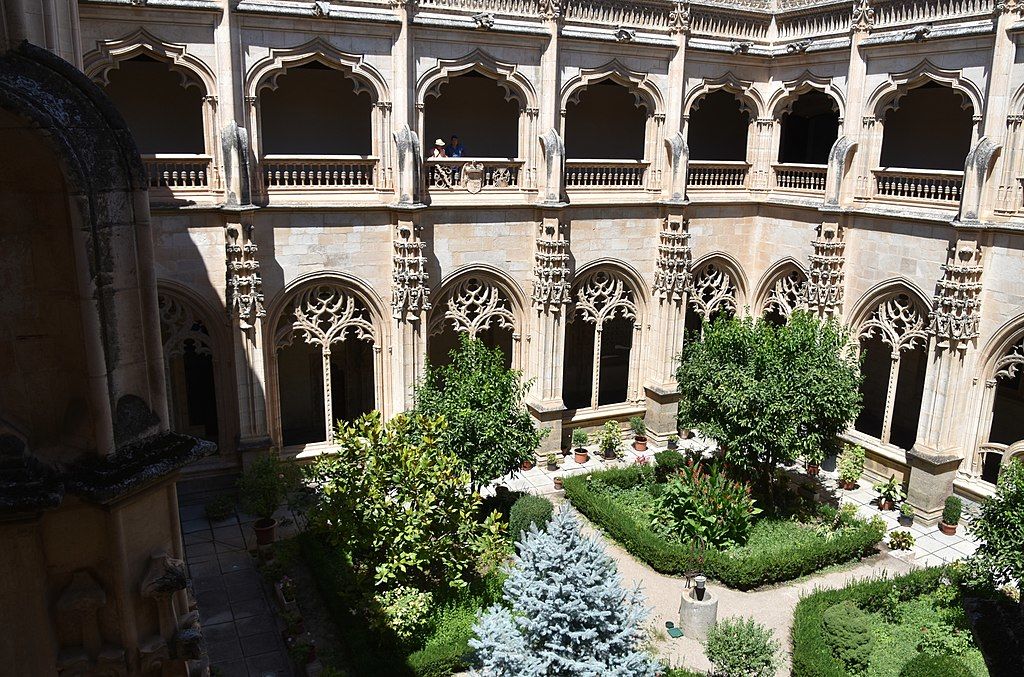 Cloister of San Juan de los Reyes.
Cloister of San Juan de los Reyes.
Isabel I “the Catholic” ordered this magnificent church to be built with the intention of converting it into a royal mausoleum, in commemoration of the Battle of Toro and the birth of Prince John.
The building is an imposing representative of the so-called “Elizabethan Gothic”, including an excellent cloister that is part of the monastery.
Don’t miss the gargoyles that surround the cloister and the decoration that sprinkles its galleries, with vegetal and zoomorphic motifs. Ticket price: 2,50 euros.
(Can be visited with the Toledo tourist bracelet)
- A curiosity: the troops of Napoleon Bonaparte in 1808 caused serious damage to the monastery during the occupation of the city. It was then abandoned for a time.
- A secret: tradition states that the chains hanging on the outer walls of the Church belonged to the Christians held captive by the Arabs in the territories reconquered by the Catholic Monarchs. Here they were brought and hung.
- Address: Calle Reyes Católicos, 17
- Official website: http://www.sanjuandelosreyes.org/
Sure you’re also interested: 21 monuments and must-see places to visit in Toledo (Updated)
5. Museum of Santa Cruz.
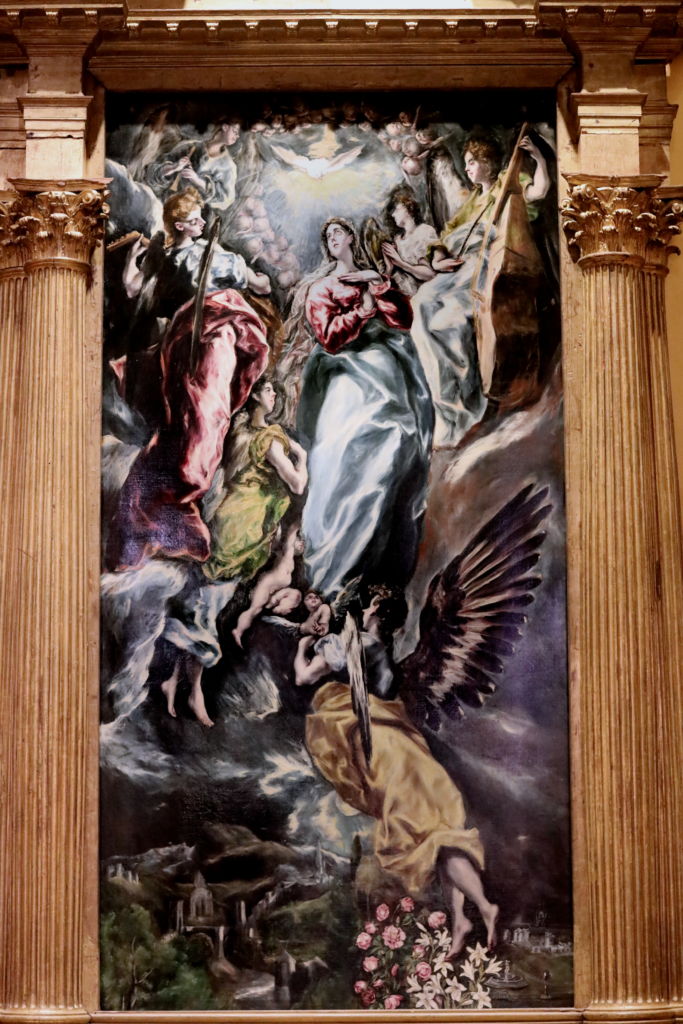 Cover of the Museum of Santa Cruz de Toledo
Cover of the Museum of Santa Cruz de Toledo
Initially conceived as a “Hospital”, the building that houses the “Museum of Santa Cruz” contains three sections: archaeology, fine arts and industrial arts.
It also frequently hosts interesting temporary exhibitions. Ticket price: 4 euros. It is free on Wednesdays from 4 p.m. and Sundays.
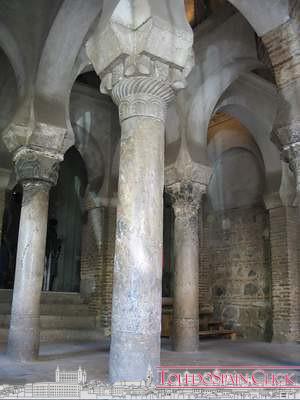
6. “Christ of Light” Mosque
One of the oldest preserved buildings in Spain. It was built in the year 999. Inside, we see nine spaces covered with ribbed vaults, all different.
In the 12th century, a Romanesque-Mudejar chevet was added, becoming practically hidden over time with attached buildings. Admission: 3 euros.
- A secret: not long ago a Roman road was revealed that can be visited (and seen from the street), about five meters wide and under which a sewer also runs from the same period.
- A curiosity: more or less in front of the entrance to the mosque, there is a white rectangular stone on the ground. Tradition says that Alfonso VI, upon conquering Toledo, rode up that slope on horseback, being surprised when the animal he was riding knelt down as he passed in front of the mosque door, because there he had hidden a Christ in front of which a lamp burned from which was hidden to save it from the Muslim invasion. Others claim that it was Cid Campeador’s horse that bent its legs in the exact place occupied by that stone.
- Address: Calle Cristo de la Luz, sn.
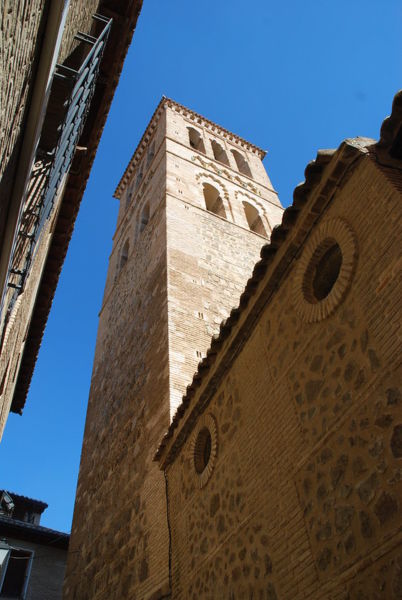
7. Church of Santo Tomé
If it weren’t for its content, it would be just another church in the city, one of the many in the old town. But it is one of the most visited because it has El Greco’s work “The Burial of the Lord of Orgaz”.
Admission: 3 euros. Santo Tomé Street, Toledo. ( You can visit it with the Tourist Bracelet, even taking a guided tour, here. )
- A curiosity: the painting is popularly known as “The Burial of the Count of Orgaz”, however its real name is “The Burial of the Lord of Orgaz”, since the man who is buried (Gonzalo Ruíz de Toledo) was not a count.
- A secret: during the Civil War the painting was protected to prevent its deterioration due to sandbag bombings.
- Address: Calle Santo Tomé, sn.
- Official website: http://www.santotome.org/
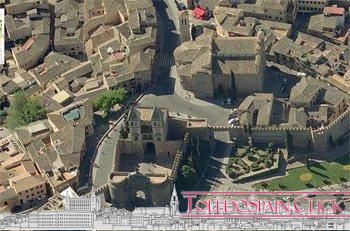
8. Walls, Bisagra and Alfonso VI gates
We combine in a triad of monuments three magnificent bastions that give the main access to the old town of Toledo, as they can be visited on a walk through their proximity.
The Puerta de Bisagra, of Muslim origin, contains a parade ground and several towers that define its unmistakable appearance.
The Alfonso VI Gate is known by the people of Toledo as “Puerta Vieja de Bisagra”, as it existed before. The walls offer an interesting walk, observing their robustness and height.
If you stay overnight in Toledo (recommended), new ornamental lighting with LEDs has recently been installed that further dignifies these monumental spaces.
- A secret: The guardian angel of the city above the Bisagra gate has a curious legend: one sad day, the terrible plague wanted to enter the city, but the guardian angel located at the top of the main entrance stopped it with his sword . “I have permission from God to kill seven,” said the plague and the angel let it in… Seven thousand Toledoans died in that plague. When the plague was leaving the city through the same door, the angel reproached him: “You told me that you would only kill seven and you have killed seven thousand,” to which the plague responded: “I only killed seven, the others “it killed terror.”
- A curiosity: The Alfonso VI door was walled up for a long time, when its use was abandoned. The Bisagra gate was flanked on the back by houses. In 1934 the access to the wall was expanded and the semi-detached houses were demolished, leaving it as it is today.
- Address: Calle Alfonso VI, sn
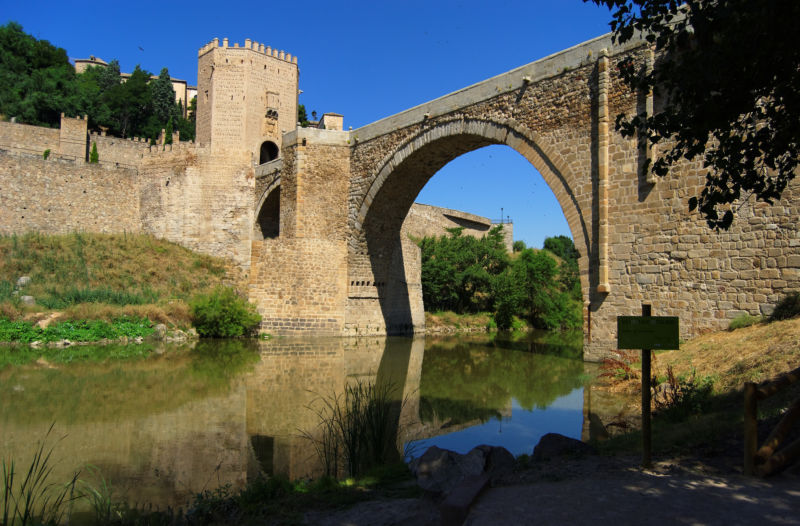
9. Alcántara Bridge and San Martín Bridge.
Two bridges, far from each other, provide an interesting walk “The ecological path”, through which you can admire the beauty of the Tagus as it passes through Toledo.
That of Alcántara, of Roman origin, and that of San Martín, to the west of the city, medieval. Both have been destroyed and rebuilt at different times. They are national monuments.
- A curiosity: the San Martín bridge is associated with a famous legend inspired by its construction: “The architect’s wife”
- A secret: if you like photography, don’t miss the panoramic views from the bridges and at their ends, especially at night, when Toledo is illuminated.
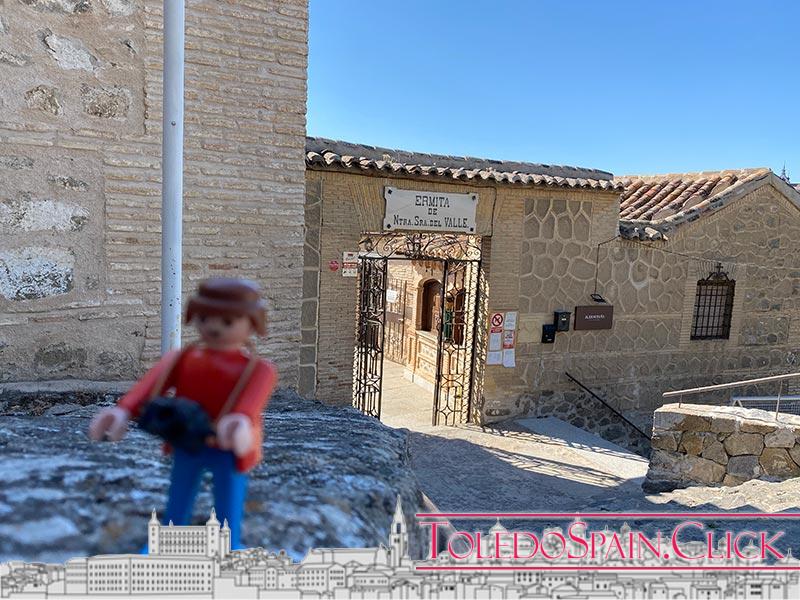
10. Hermitage of the Virgin of the Valley
A small hermitage that overlooks the precipice that reaches the Tagus. Included in this list for its exceptional views of the city.
Located in the area known as “the Valley”, it is a place that should not be missed, especially at night.
- A curiosity: on May 1 there is a popular pilgrimage in this area. Young people from Toledo spend the night outdoors, the road is closed and thousands of people visit the stalls and beach bars. Nearby is the famous “Stone of the Moorish King”.
- A secret: tradition says that “he who does not ring the Valley bell does not get married.” Therefore, if you are lucky enough to find the hermitage open, he rings its bell.
11. Synagogue of Tránsito and Santa María la Blanca
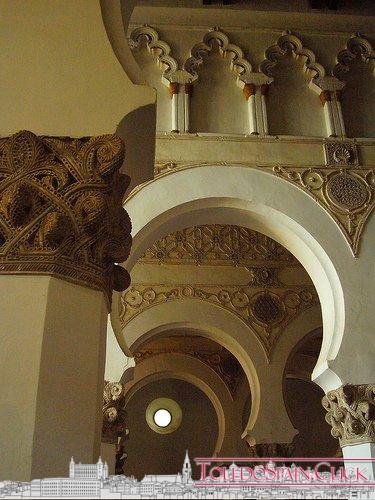
We combine these two monuments because they are in a very special area of the city: the Jewish quarter.
That of Tránsito, of simple construction, with a large prayer room and an impressive “pair and knuckle” coffered ceiling. It houses the “Sephardic Museum”.
That of “Santa María la Blanca”, built in the 13th century and transformed into a Church in the 15th, maintains the characteristics of Toledo Mudejar art.
Admission €3 Santa María La Blanca. (Santa María La Blanca can be visited with the Toledo tourist bracelet) The Sephardic Museum closes on Mondays and has a price of €3.
- A curiosity: The Tránsito Synagogue was founded thanks to Samuel Ha Levi, by privilege of Pedro I of Castile, thanking the support of the Toledo Jews in the struggles with the Trastámara. Not much later, Ha Levi died in prison.
- A secret: numerous legends accompany the history of the Jewish community in Toledo. For the most part, legends that try to denigrate the Jewish people and facilitate their expulsion, which happened in 1492. Tradition says that some Jews keep in Israel the keys to the doors of the houses that they had to abandon in Toledo. Many residents in Israel actually preserve something more important than simple keys: the memory of their ancestors in Sepharad and the language. Many still speak Sephardic.
- Address: Calle Reyes Católicos, sn
- Official website: http://museosefardi.mcu.es/
12. “Unknown Heritage” monuments.
Under this curious description a series of monuments are grouped, no less important than the previous ones but which have been recently recovered for the enjoyment of Toledoans and visitors.
The “Toledo Consortium” has restored and enhanced spaces such as the “Baños de las Tenerías”, “Cueva de Hércules”, “Convent of the Concepcionistas”, “Convent of Santa Isabel”, “Roman Vaults of Nuncio Viejo”, “Basements and well of El Salvador”, “Mosque of El Salvador”, “Roman Baths”, etc., which can now be visited following the schedules and guidelines offered at the Cultural Resources Management Center of the Toledo Consortium, in the Plaza de Amador de los Ríos, sn. They close on Mondays.
- A curiosity: some of the monuments visited on these routes allow us to get a slight idea of the monumentality that Toledo achieved in Roman times or later. Few vestiges remain, as they were reused or demolished, and were hidden with later buildings. In Toledo there was an imposing aqueduct, theater, amphitheater, temples…
- A secret: don’t leave Toledo without going down to the “Cave of Hercules”. But first read his legend on these pages .
- You can visit up to 5 of these spaces, some of which belong to this “Unknown Heritage” with a guide , with “Toledo Routes”, click here to access more information.
There is much more to visit in Toledo. These are just 12 monumental examples that should not be missed by those who visit the city for the first time.
Some of them change completely at night (others, unfortunately, cannot be visited when the sun sets) and others are only accessible on certain night routes…
He who does not sleep a night (or several) in Toledo, and walks through its streets, does not know this city.
The data shown here may vary according to the criteria of the monument administrators. Check prices and schedules before making your visit on the official websites.

